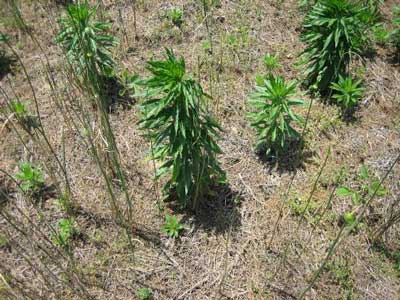
Managing marestail can be difficult in the spring, when compared to the fall. Differing spring-timed techniques may be needed to achieve the desired result.
If your harvest was late, and herbicides could not be applied last fall, don’t be surprised if marestail is prevalent. In no-till environments, crop protection control will be the only option to mitigate this weed problem.
In the fall, glyphosate + 2,4-D can effectively manage emerged marestail. However, due to bolting in the spring, the aforementioned mixture may not provide complete control of the tallest weeds. Many other herbicides may be used instead of, or in conjunction with, glyphosate and 2,4-D for burndown activity. Regardless of the herbicide mixture, it is necessary to obtain complete control of emerged marestail prior to soybean emergence. Due to the prevalence of glyphosate- (group 9) and ALS- (group 2) resistant marestail, there are limited options for control postemergence in glyphosate-resistant soybeans.
HOW DO YOU MANAGE MARESTAIL THE SPRING?
1. Apply effective burndown herbicides
- Make sure the plant is actively growing to ensure translocation of systemic herbicides.
- For contact herbicides, consider ways to increasing coverage like increasing gallons per acre (GPA) or switching to nozzles that produce smaller droplets.
- Use the proper adjuvant system for maximum control.
2. Include residual herbicides with burndown herbicides
- Many of the residual herbicides used for management of waterhemp in soybeans are also good options for management of marestail.
3. Start clean
- Do not plant into fields with emerged marestail. Limited options once soybeans emerge will put us “behind the eight ball” all season long.